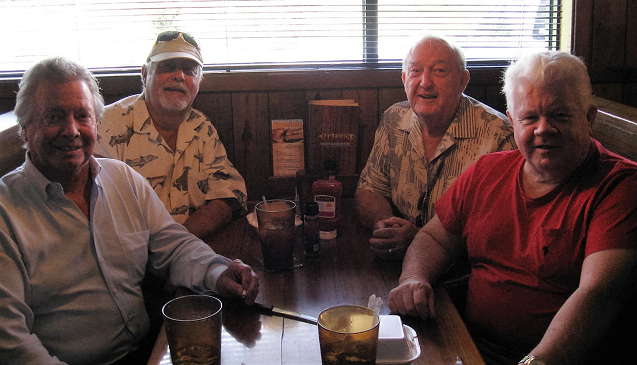
CHUCK SCHMIDT / Still Goofy about Disney
AllEars.Net Guest Blogger
To many people, riding the monorail at Walt Disney World is one of those must-do experiences when they make it down to the Vacation Kingdom of the World.
For one thing, the monorails are free. For another, they’re air-conditioned [a true blessing during the scorching summer months]. They offer panoramic views of the property, and let’s face it: What tops actually riding through a hotel’s Grand Concourse the way the monorails glide in and out of the Contemporary Resort? And, when compared to most of the popular attractions inside the four parks, there’s usually not much of a wait.
When monorails were first introduced at Disneyland in 1959, they were truly a futuristic mode of transportation … a glimpse at what moving large quantities of people in an efficient, timely manner might look like in the not-too-distant future.
Although they’ve never really caught on as was hoped, they remain an iconic presence at both Disneyland and Walt Disney World.
Tom Nabbe, who was hired by Walt Disney in 1955 to play the roles of Tom Sawyer and Huck Finn on Tom Sawyer Island, remembers seeing the monorails when they debuted in 1959, wanting very much to pilot one of those Buck Rogers-inspired vehicles.
By 1959, he had outgrown his role as Mark Twain’s mischievous youngsters and had transitioned into a ride operator, primarily for the Jungle Cruise and Submarine Voyage attractions. But the monorails seemed to be calling his name. “At the time, the steam trains and monorails were run by Retlaw [a division in the Walt Disney Company which was owned by heirs within the Disney family; Retlaw is Walter spelled backwards] and you had to be at least six feet tall to operate them.”
The vertically challenged Nabbe refused to let that stop him, however. He was persistent, to say the least. When he didn’t have an assigned shift at the park, he’d show up anyway. “I’d sit in the operations office and hope for people to call in sick or that the park would get real busy. If that happened, the supervisor knew I was there, so he didn’t have to call around to get somebody else to come in.” If he wasn’t needed on a particular day, “I’d head off to the beach and go surfing.”
In the mid-1960s, when word began filtering through the Disney cast member ranks that the company was looking for experienced operators to help open a new Disney theme park in central Florida, Tom was well-positioned for the big career shift. “I couldn’t think of many people more qualified than me, since I had been at Disneyland since opening day and it was Walt himself who hired me.”

He also had the respect of his immediate boss, Pete Crimmings, who encouraged him to take on more of a supervisory role at Disneyland, all with an eye to making the big move to Walt Disney World. After several years learning the management ropes under friend and mentor Crimmings, Tom was ready to head east and take on new challenges.
Tom and his wife Janice were part of a small army of Disneyland cast members who relocated from southern California to central Florida to help bring Walt’s “latest and greatest dream” to life. The Nabbes moved in January of 1971.
Once they arrived and settled in the Orlando area, Tom finally got his chance to work on the monorails, overseeing the construction of the stations and the beamways that would service the Magic Kingdom and the two resorts [Contemporary and Polynesian] that bordered on the Seven Seas Lagoon.
“We built the whole system on swampland,” he told me. “I was involved in the layout of the stations, as well as major decisions involving the beams for the monorails. The beams were built in Tacoma, Washington, and shipped here to Florida by rail.”
Tom recounts how, as the beam-laden train was making its way through Georgia, it rounded a sharp curve. “Two 110-foot beams rolled off the train,” he said. Those two beams were scheduled to be placed right outside the Contemporary Resort. Two new beams were quickly re-manufactured and sent to Florida, but “they never quite matched up with the originals. You can feel it today … a little transition right as you roll over those two beams.”
Tom became an expert on those monorail beams while helping to get the entire system up and running. “The beams are made up of stainless steel tubes and cables welded together, all pulled tight under stress.”
He would routinely walk on the beams as a way to “check the loop, foot by foot,” to get a “feel” for each of them. He’d walk from the Transportation and Ticket Center station up the gradual incline to the Contemporary, check the station there, then walk the beam down to the Magic Kingdom station. Then he’d make the long walk, over marshland and the Seven Seas Lagoon, to the Polynesian [the Grand Floridian was still years away from being built].

The beam is 60 feet off the ground at its highest point at the Contemporary. It also is about 30 inches wide, which didn’t leave much room for error as Tom went on his regular jaunts. “It was the only way I could move through all the stations during times of heavy construction,” he said. “It wasn’t that bad being up there, as long as it wasn’t windy.”
There are several differences between the monorails in Disneyland and those in operation at Walt Disney World. For one, passengers on board a Disneyland monorails can cool off by opening a window. For another, the Disneyland monorails only operate in one direction, making their way through Disneyland Park, California Adventure and the Downtown Disney District in one continuous loop.
“To reverse the Disneyland monorails, you can only go 2 or 3 miles per hour,” Tom said. “If they backed up any faster, connection shoes that operated off a bus bar would derail. The monorails at Disney World were designed to go in both directions.”
During WDW’s early days, the monorails went in both directions on a daily basis. “I learned real quick that everyone wanted to go through the Contemporary,” he said. “If guests arrived in the morning, and didn’t go through the Contemporary, they’d stay on the monorail for an extra trip. As soon as we figured this out, we adjusted. At about 4 in the afternoon, we’d switch the direction of the train” [so guests leaving the park would get to experience the trip through the Contemporary’s still-spectacular Grand Concourse].
In the beginning, the WDW monorails consisted of five cars per train. The capacity was about 120 guests. “Improvements were made over the years with six-car trains, standing room and additional doors … 22 doors on each side of the train,” Tom said. “You’d push a button to open all 22 doors simultaneously. All the doors had to be closed together. Inevitably, we would pinch somebody’s hand or arm.” Disneyland’s monorail doors only open on one side, while at WDW [at least at the Magic Kingdom station] guests board and exit using both sides of the cars.
The Magic Kingdom station at Walt Disney World, easily the busiest station on property, needed the most “tweaking” in the months after the park opened.
“It was because of the Florida rains,” Tom said. “When it started to rain there was only enough room to unload maybe one train load of guests under cover on the outside of the Magic Kingdom station platform. Then we would have to shut down the operation until we could clear the station platform of guests. Sometimes we would just park a train in the station and let the guests sit there until the rain would let up.
“But we could unload five to six trains of guests onto the center of the station platform. We set up temporary holding areas and gates until the station could be redesigned and modified to fit the new S.O.P. [standard operating procedure]. The down ramps needed to be covered and all of the direction signage for the local and express monorails needed to be relocated to the bottom of the new entrance ramps.
“Every day was a new learning curve for us!”
I asked Tom if there ever was any thought given to expanding the monorail system beyond the Magic Kingdom/Epcot lines.

“If you go back to the original drawings, the monorail system went to an industrial park off Route 192, then Epcot, then the Magic Kingdom and, finally, the hotels,” Tom said. “Actually, there were three destinations, if you look at the original map that Walt is standing in front of [when he first introduced the world to Walt Disney World in the Florida Project film]. The Transportation and Ticket Center was in the north end of loop.
“The original monorail was very expensive, about two to three million dollars to build a mile of track” … which goes a long way in explaining why the monorail system hasn’t been expanded to, say, Animal Kingdom.
Once the monorails were up and running efficiently, Tom’s career segued into more behind-the-scenes challenges: He took on supervisory roles in WDW’s massive logistical warehouses, assisting in the openings of Epcot and Disneyland Paris. For a guy who was very much in the spotlight at a very early age, playing the roles of Tom Sawyer and Huck Finn at Disneyland [he even had his photo on the cover of Parade Magazine in 1957], he made a smooth transition into those less visible, yet vitally important backstage roles.
For all of his efforts throughout his 48-year career with Disney, he received a window on Main Street in Walt Disney World in his honor [it’s behind the Main Street Cinema marquee], as well as recognition as a Disney Legend.
For more on Tom Nabbe’s fascinating career, get your hands on a copy of his book, From Disneyland’s Tom Sawyer to Disney Legend: The Adventures of Tom Nabbe.


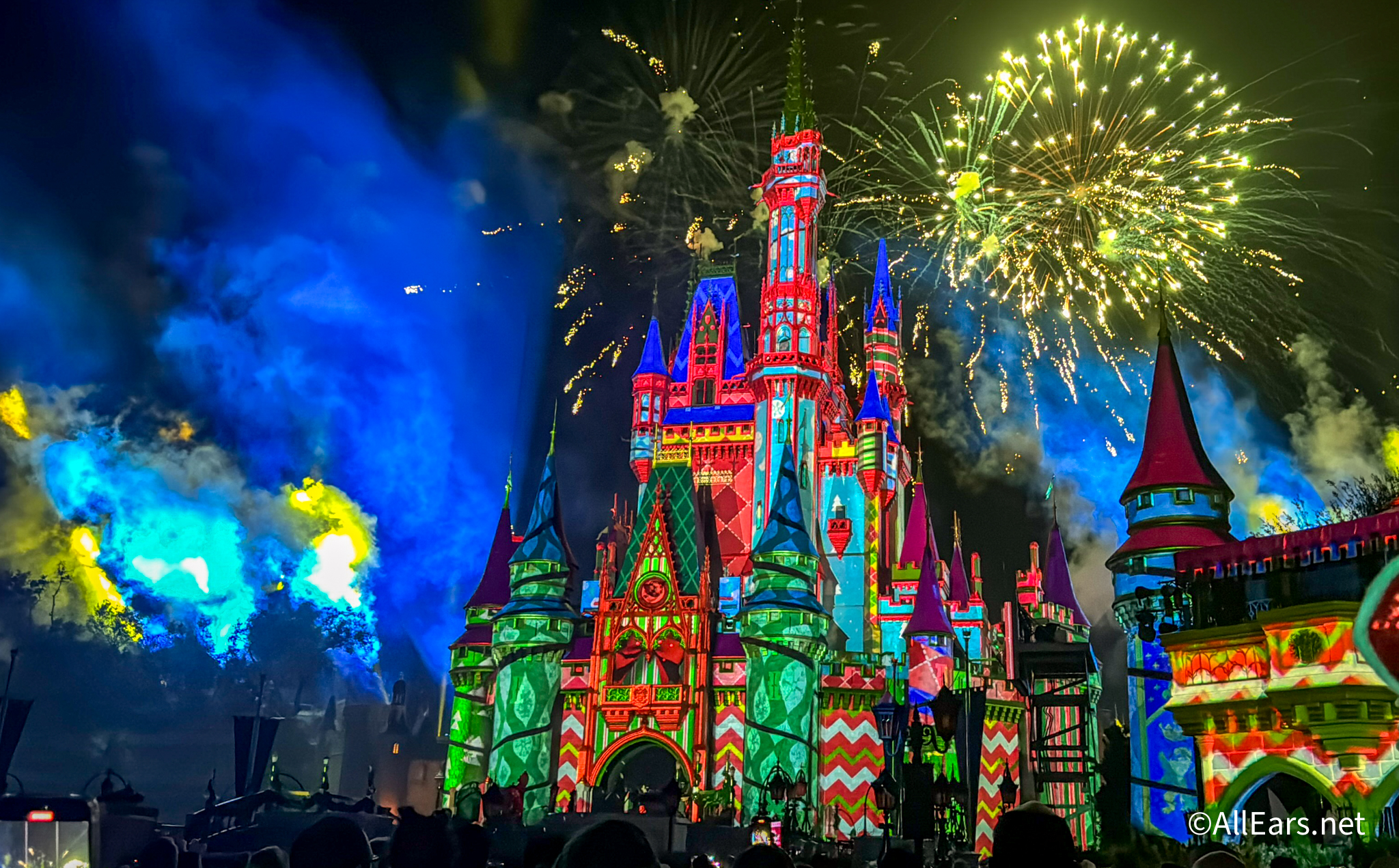



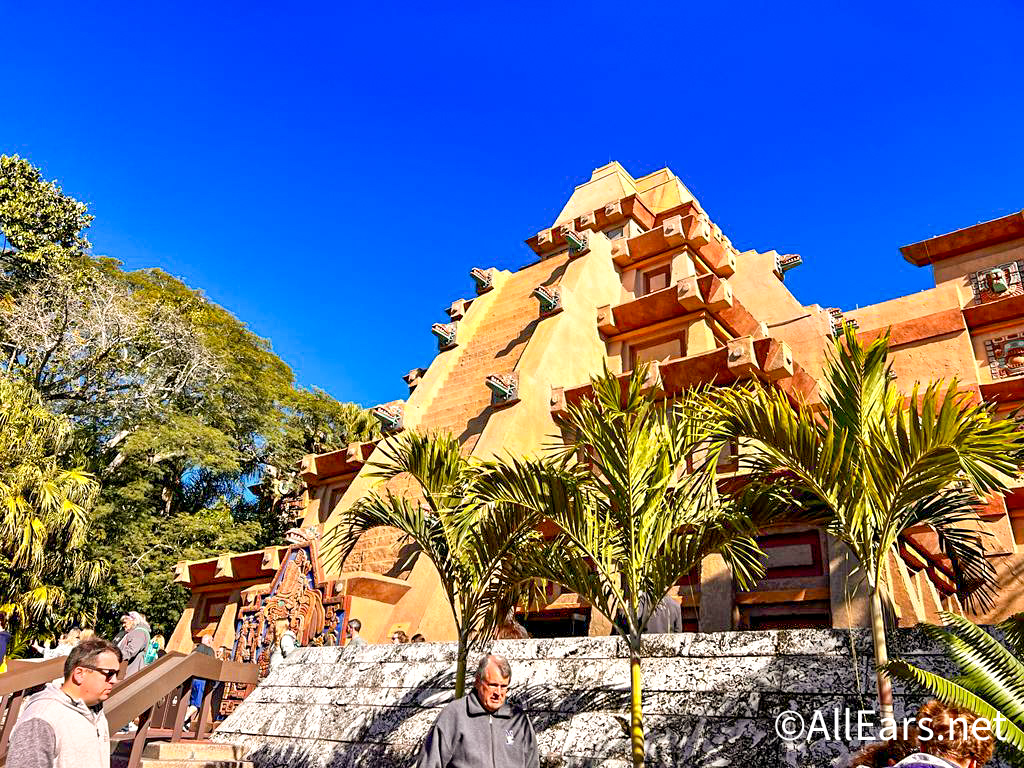

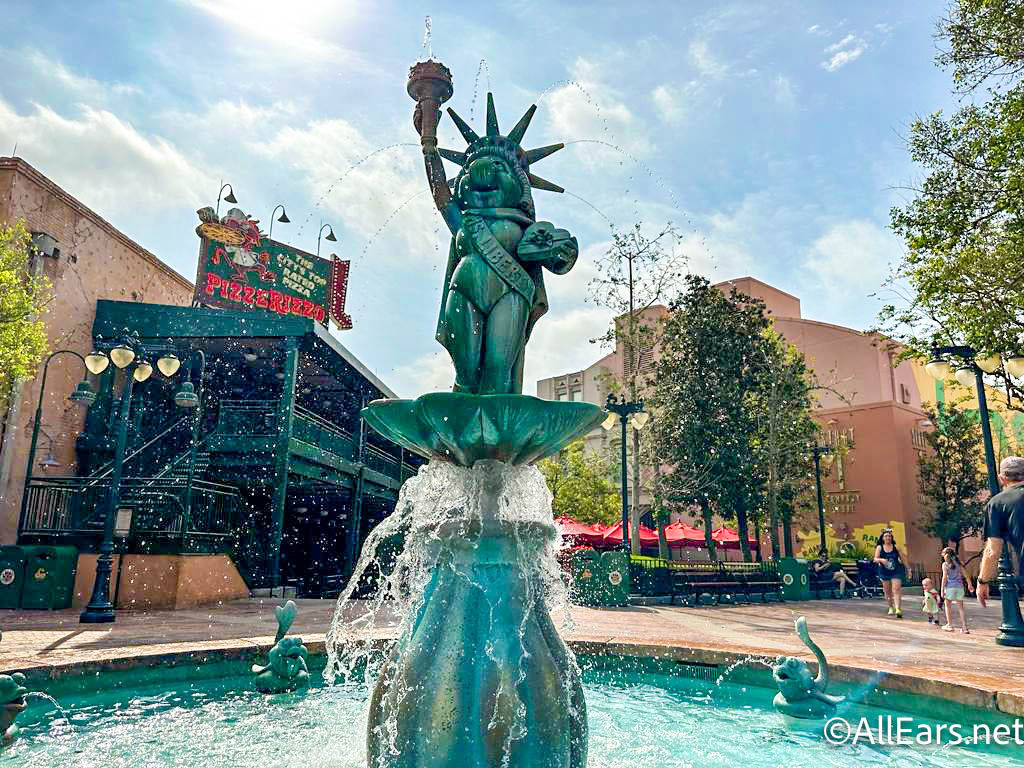
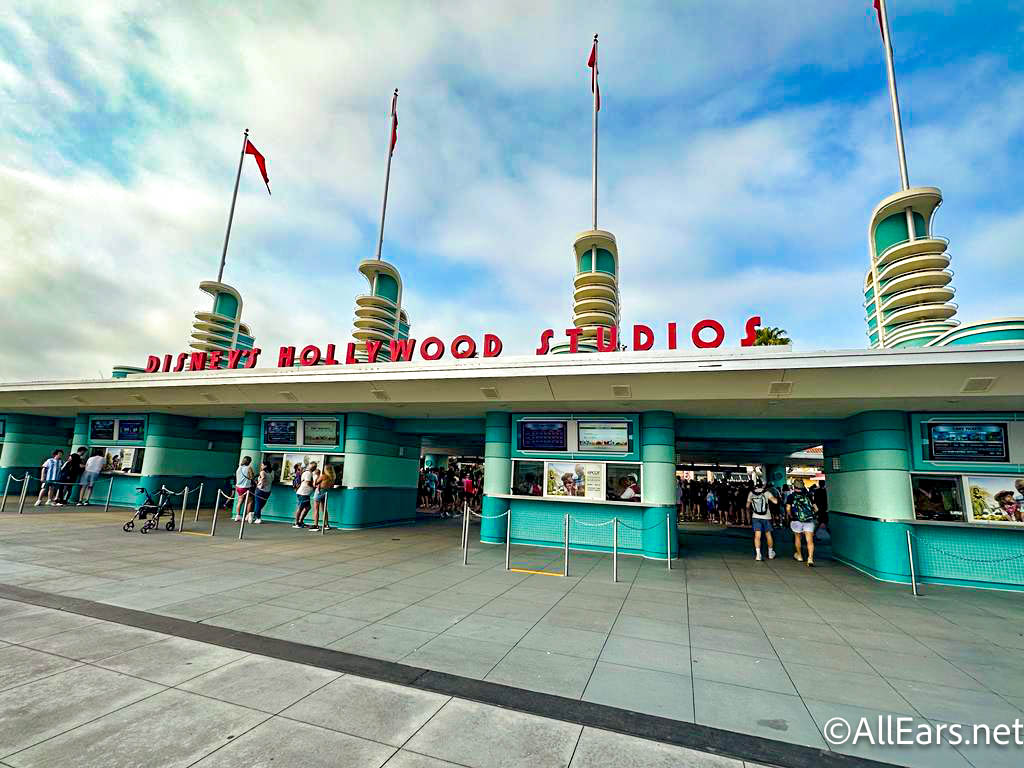
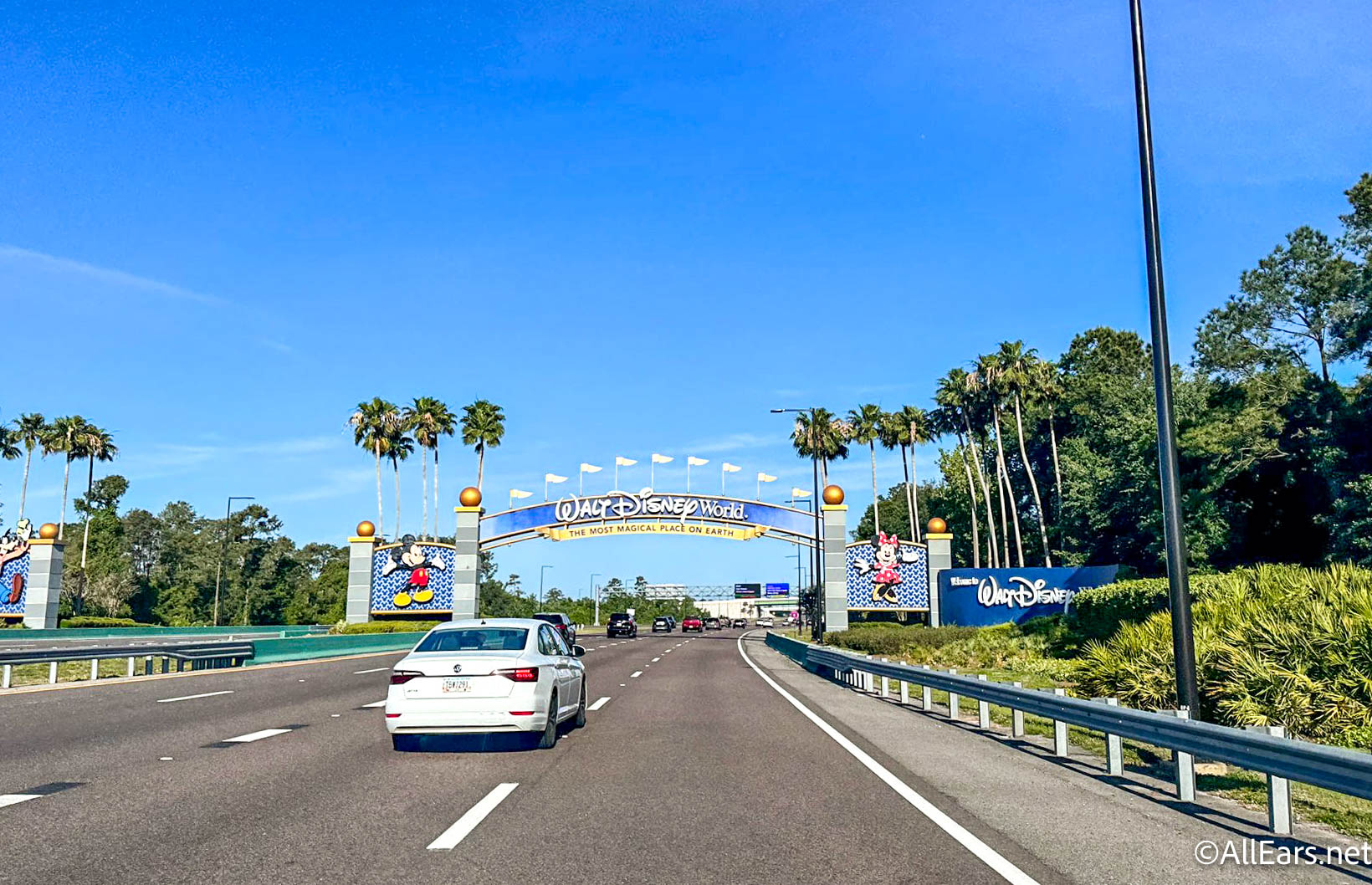

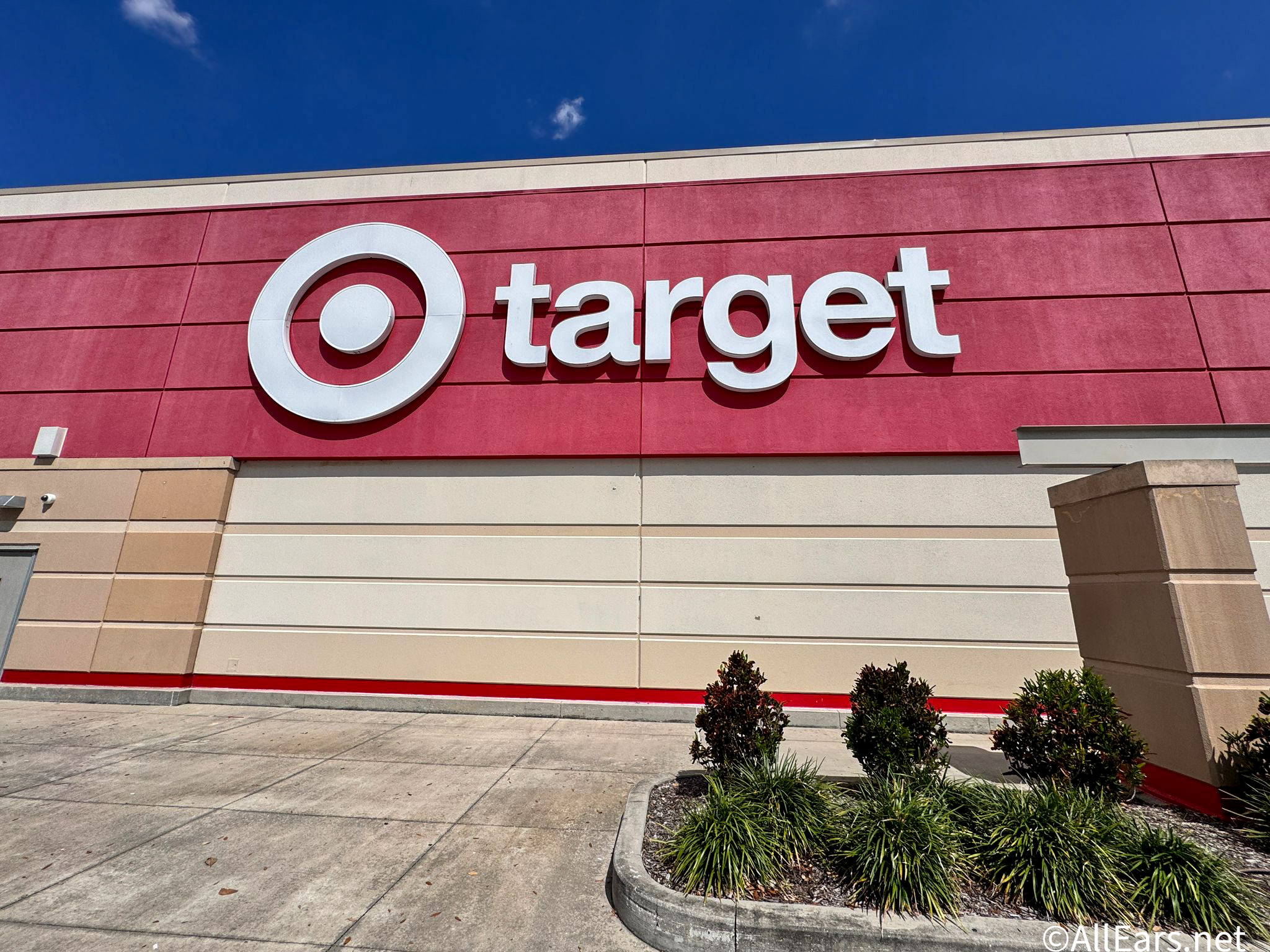
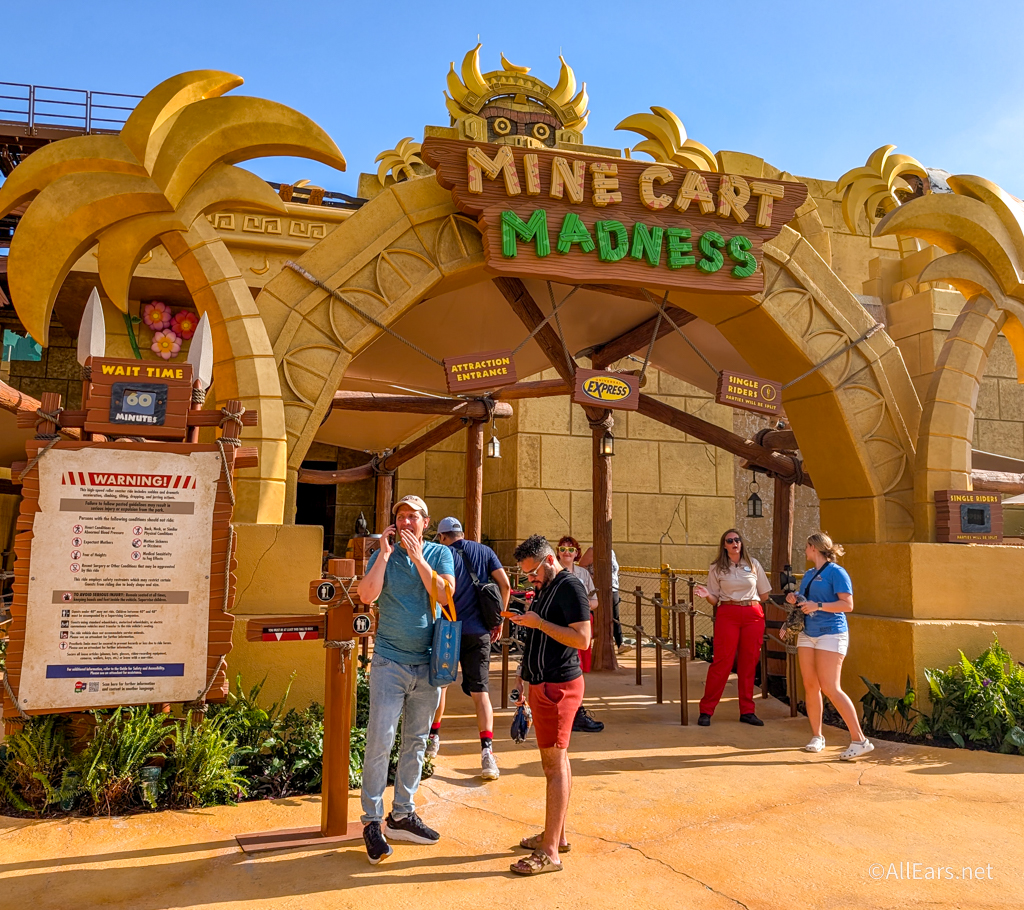
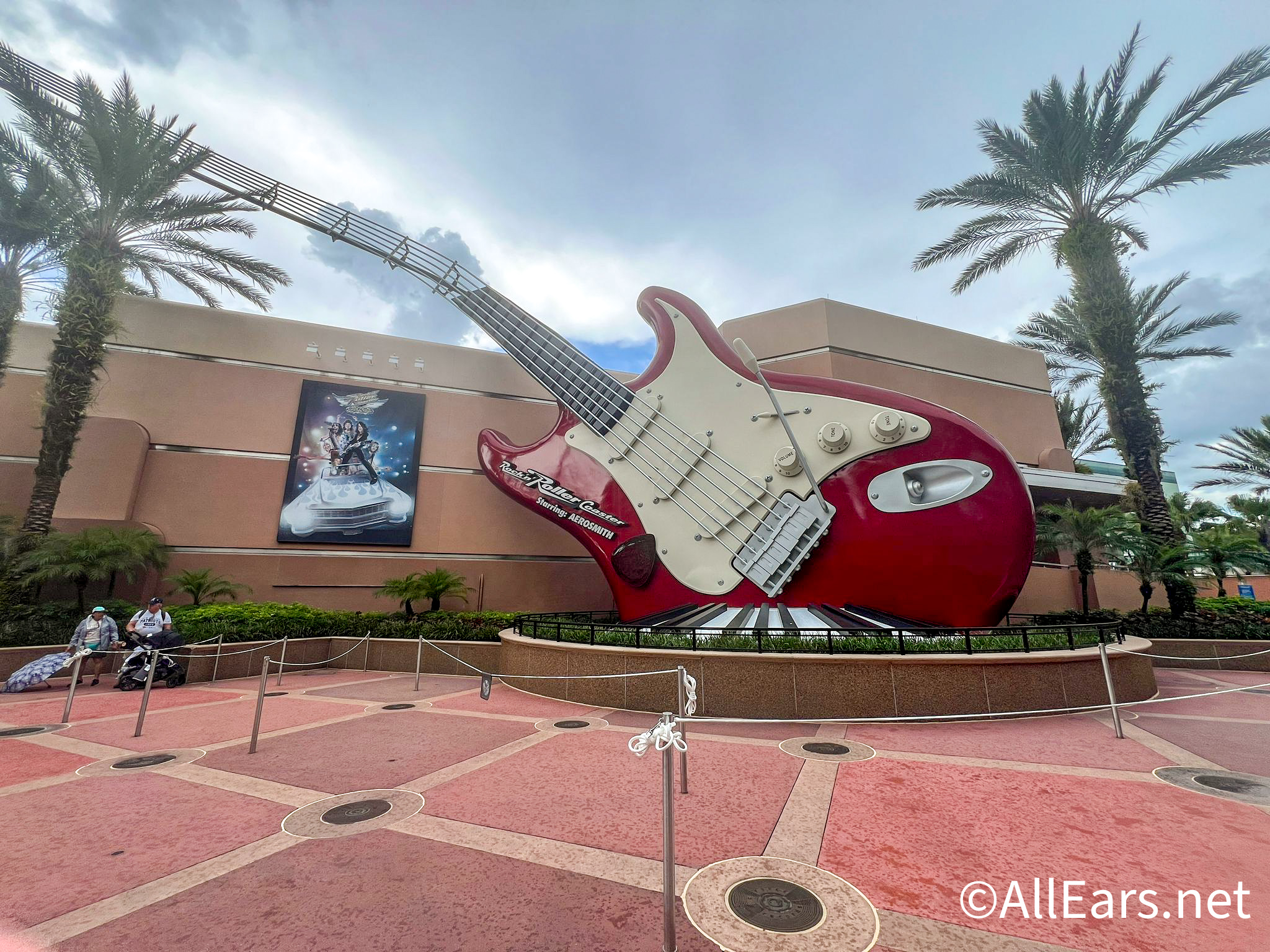
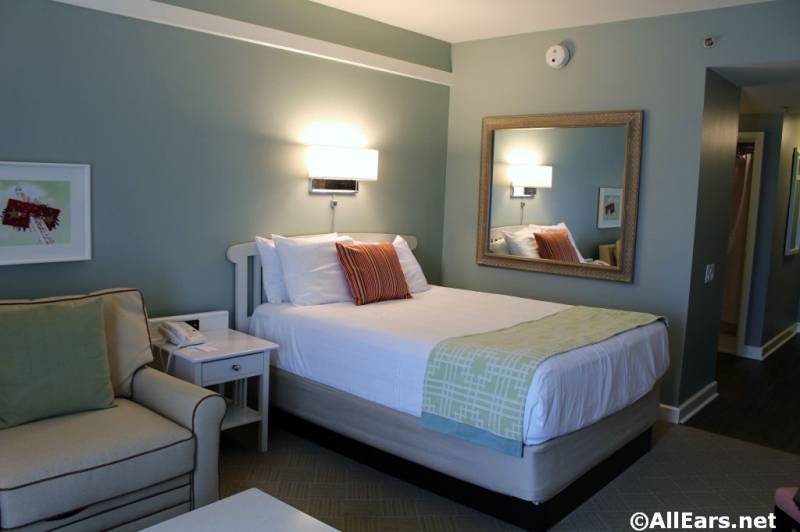




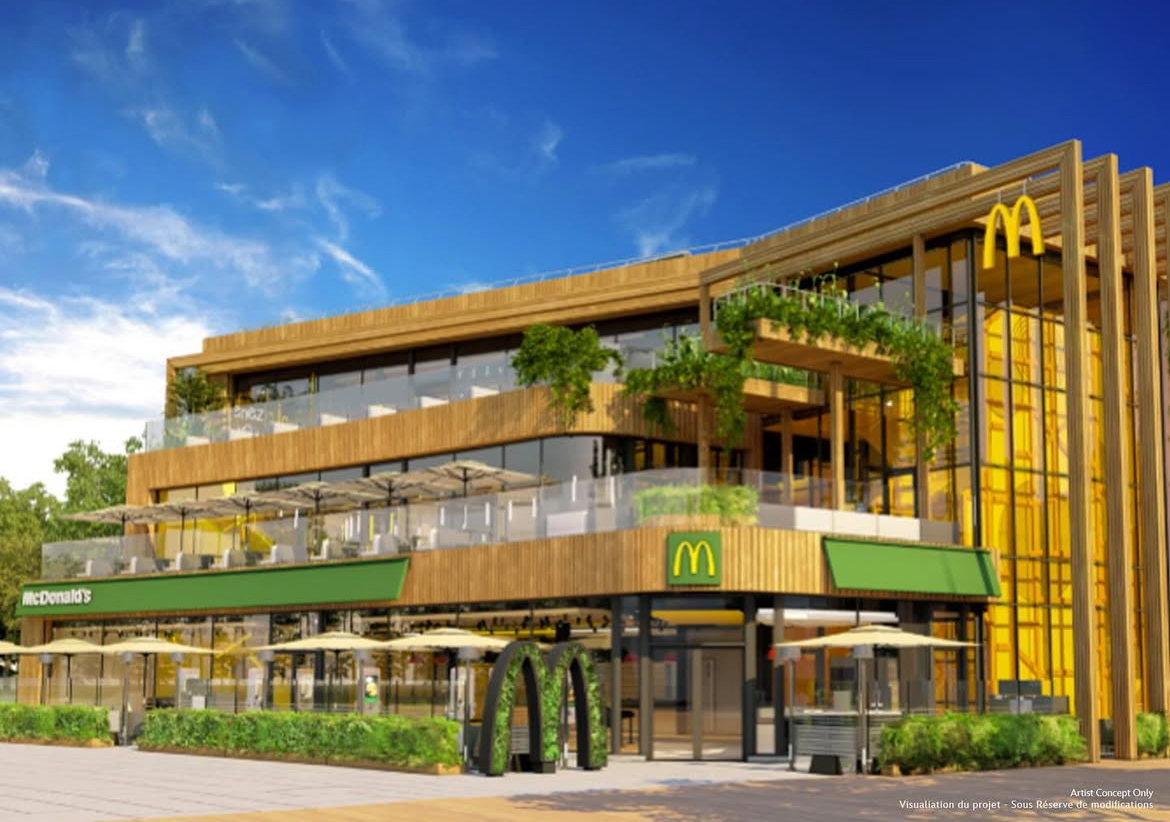
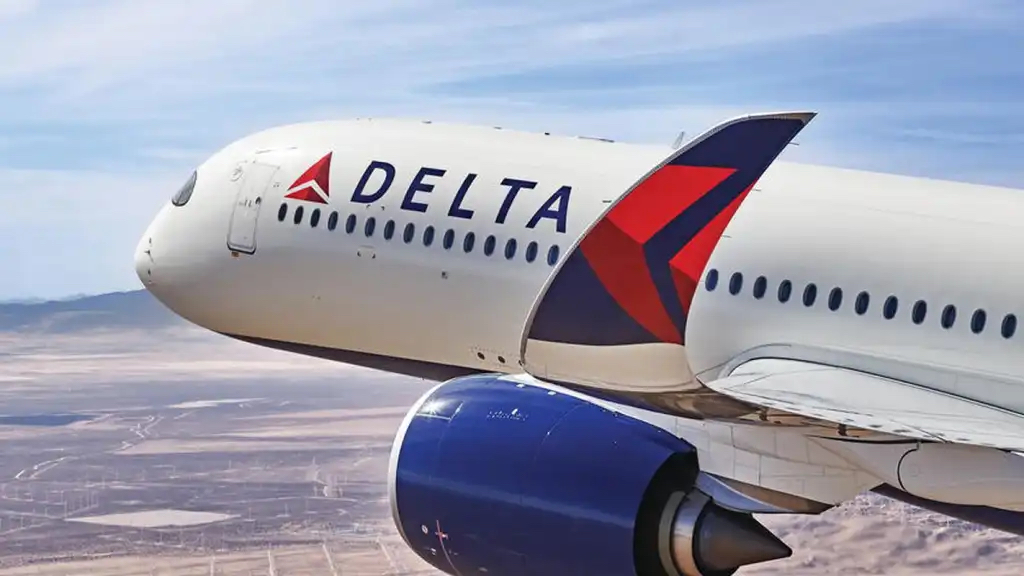

Hi Chuck –
I’m really enjoying this series on some of the less known folks who had a part in creating the Disneyland and Disney World. It’s all new and fascinating Disney knowledge I had not known prior. Thanks! Looking forward to the next installment.
– Jeff
Thanks, Jeff. Although Tom started his career in the public eye on Tom Sawyer Island, his most important contributions to Disney came backstage [in Disney parlance]. His window on Main Street in WDW is well-deserved. Chuck